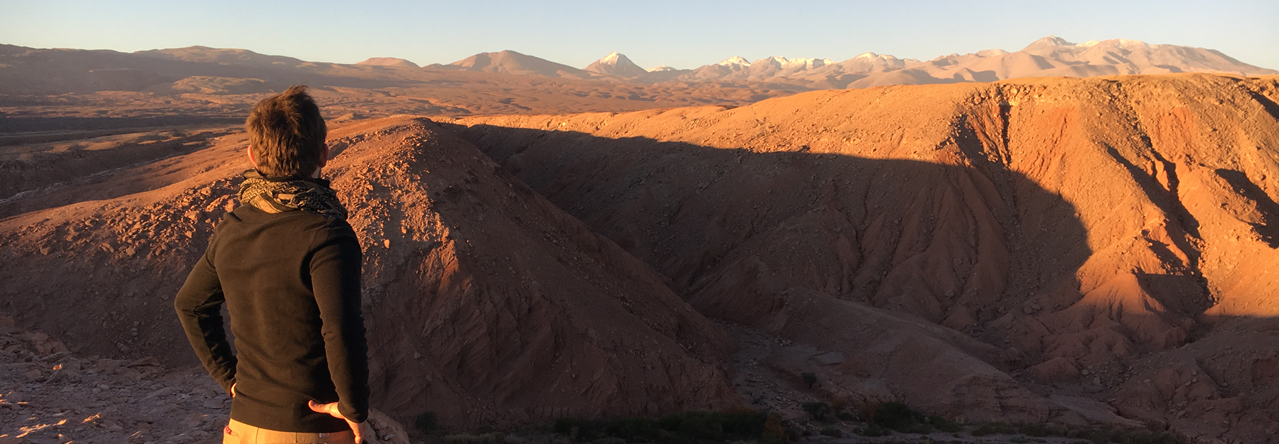However, facing the prospect of being out of the country for a year and possibly having to get my leg amputated by some… horse-doctor left me reconsidering the wisdom of my prior policy. The subsequent discovery that this would also allow me to give the finger to Obamacare sealed the deal.
Let me take a moment to clarify that when I am talking about travel insurance here I am referring to travel or global health insurance plans. Not trip cancellation insurance, which I still consider to be a waste.
Having now looked into travel health insurance plans I consider them a great deal, especially if you’re going to be out of the country for more than 330 days as I am. The reason being that travel health insurance is much cheaper than domestic insurance plans.
As with most other aspects of life, Obamacare has made this process needlessly confusing as well. But let me cut through the crap and give you the rough bullet-points on the present situation:
- If you’re outside the U.S. for more than 330 of 360 days then your travel health insurance will leave you in good stead.
- If you’re out of the country for less than 3 months you can also rely solely on your travel health insurance as you most likely fall into the “short coverage gap” and can reacquire a compatible U.S. healthcare plan upon your return as you’re changing coverage.
- If you’re going to be on the road for more than 90 days but less than 330 then you’re screwed. You must have a domestic plan that meets the Obamacare minimums.
Like most folks in my demographic cohort (young, healthy, male) my healthcare premium tripled when Obamacare passed and I now pay about $300 a month for health insurance. And that’s for a plan that basically only provides coverage if I accidentally fall into a wood chipper. However, my new travel health plan has now lowered that monthly premium to about $90. (The sum of all these little bits of savings is the enabling factor in my traveling the world for a year).
Options on the international healthcare front. As part of our trip preparation we were provided a few names: IMG, World Nomads & HCC.
World Nomads seems to get a lot of chatter within the Digital Nomad community and seems to be many folks’ preferred provider. World Nomads expands in some coverage areas that the others do not such as covering trip disruptions or lost baggage. However, as my primary concern is catastrophic injury the caps on coverage were lower than I was interested in.
I chose IMG and went with their Patriot plan. This seemed to be the most popular choice among my fellow Remotes. I chose a high deductible ($2,500) but high coverage ($2 mln) plan that cost me just over $1,000 for the entire year. I tend to favor the higher deductible in favor of the lower upfront payment because my injuries tend to be of the variety that can be cured by just pouring whiskey on it.
If your injuries tend to be more of the “bone-protruding-from-skin” stripe then you may want to consider these services as well: MedJet Assist, ISOS & Global Rescue.
For an even smaller fee, MedJet Assist runs around $400, these services will evacuate you to the U.S. to have your injuries treated. As I mentioned above, if you’re in a situation where you have to keep your U.S. health coverage this might be the best option for you to pursue. If you’re going with a purely international health plan, though, many will have additional options that cover this service as well.
More unique to services like these, though, are options whereby they will rescue you in the event of a natural or unnatural (read: political) disaster. Having seen (or rather heard first hand) the Global Rescue folks in action I can attest that there is a high level of badassery there. But these options may not be ideal for everyone unless you’re traveling in a dangerous area.
The Bottom Line – What You Need to Not Die












